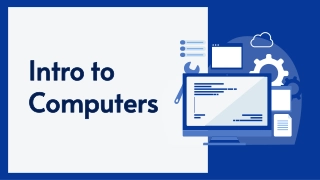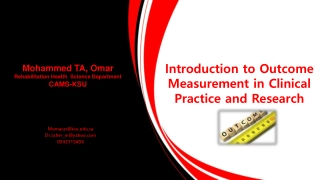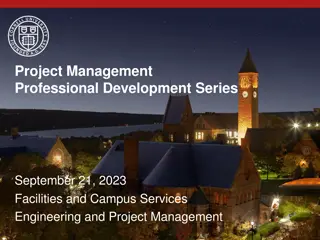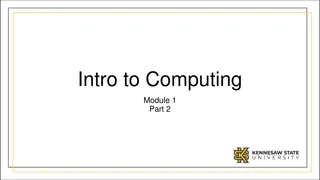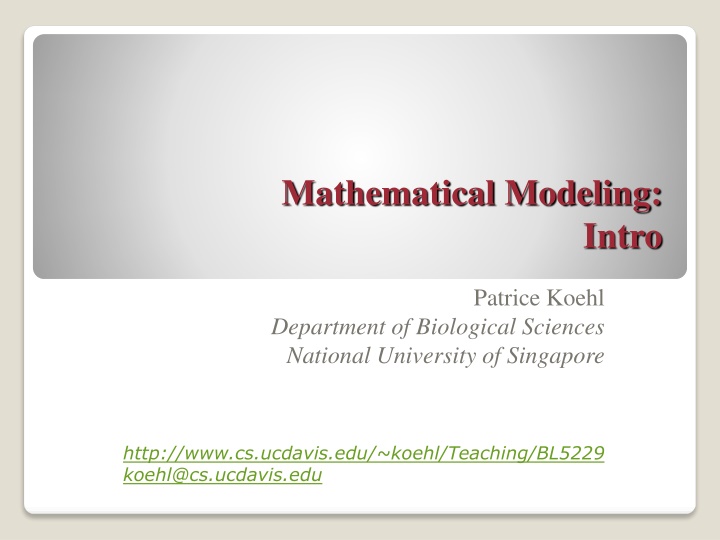
Evolution of Scientific Research Methods: From Passive Observation to Mathematical Modeling
Discover the evolution of scientific research methods from passive observation to the modern usage of mathematical modeling. Explore the shift from individual knowledge to data-driven inquiry and the role of computer simulations in various scientific disciplines.
Download Presentation

Please find below an Image/Link to download the presentation.
The content on the website is provided AS IS for your information and personal use only. It may not be sold, licensed, or shared on other websites without obtaining consent from the author. If you encounter any issues during the download, it is possible that the publisher has removed the file from their server.
You are allowed to download the files provided on this website for personal or commercial use, subject to the condition that they are used lawfully. All files are the property of their respective owners.
The content on the website is provided AS IS for your information and personal use only. It may not be sold, licensed, or shared on other websites without obtaining consent from the author.
E N D
Presentation Transcript
Mathematical Modeling: Intro Patrice Koehl Department of Biological Sciences National University of Singapore http://www.cs.ucdavis.edu/~koehl/Teaching/BL5229 koehl@cs.ucdavis.edu
Science, then, and now At the beginning, there were thoughts, and observation .
Science, then, and now For a long time, people thought that it would be enough to reason about the existing knowledge to explore everything there is to know. One single person could possess all knowledge in her cultural context. (encyclopedia of Diderot and D Alembert) Reasoning, and mostly passive observation were the main techniques in scientific research
Science, then, and now Theory Experiments
Science, then, and now Today s experiment yields massive amounts of data From hypothesis-driven to exploratory data analysis: - data are used to formulate new hypotheses - computers help formulate hypotheses No single person, no group has an overview of what is known
Science, then, and now Computer simulations developed hand-in-hand with the rapid growth of computers. A computer simulation is a computer program that attempts to simulate an abstract model of a particular system Computer simulations complement theory and experiments, and often integrate them They are becoming widesepread in: Computational Physics, Chemistry, Mechanics, Materials, , Biology
Mathematical Modeling Is often used in place of experiments when they are too large, too expensive, too dangerous, or too time consuming. Can be useful in what if studies; e.g. to investigate the use of pathogens (viruses, bacteria) to control an insect population. Is a modern tool for scientific investigation.
Mathematical Modeling Define real world problem: Real World - Perform background research - Perform experiments, if appropriate Task: Understand current activity and predict future behavior
Mathematical Modeling 1)Simplification: define model Simplified Model Identify and select factors to describe important aspects of the Real World Problem; determine those factors that can be neglected.
Mathematical Modeling 2) Represent: mathematical model Express the simplified model in mathematical terms Mathematical Model the success of a mathematical model depends on how easy it is to use and how accurately it predicts
Mathematical Modeling 3) Translate: computational model Change Mathematical Model into a form suitable for computational solution Computatonal Model Choice of the numerical method Choice of the algorithm Choice of the software (Matlab)
Mathematical Modeling 4) Simulate: Results Run Computational Model to obtain Results; draw Conclusions. Results Graphs, charts, and other visualization tools are useful in summarizing results and drawing conclusions.
Mathematical Modeling 5) Interpret Compare conclusions with behavior of the real world problem If disagreement, modify Simplified Model and/or Mathematical model
Syllabus Introduction to Matlab The tools of the trade Data analysis Data modeling Clustering Fourier analysis Simulations (Monte Carlo)
References Cleve Moler, Numerical Computing with MATLAB, 2004. (http://www.mathworks.com/moler)


